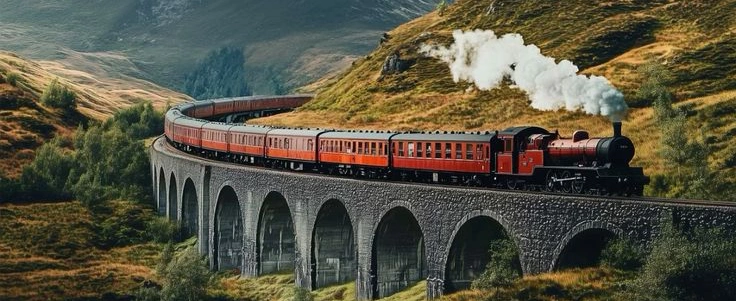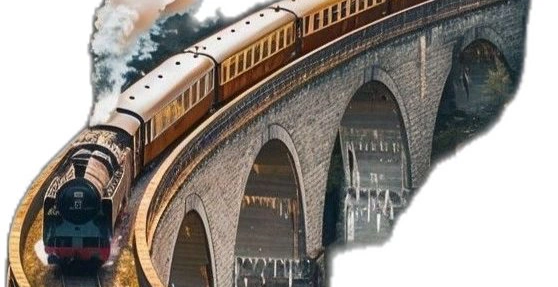Traveling Europe by Train: Comfortable, Scenic, and Smart
Train travel is one of the most popular and comfortable ways to explore Europe. The continent’s extensive railway network connects major cities, small towns, and even remote regions. A train journey is not just a means of transport — it’s part of the experience: an opportunity to enjoy scenic landscapes, avoid the stress of airports, and travel at a pace that allows for both comfort and immersion.
Europe offers a wide range of routes, from high-speed trains that cover vast distances in just a few hours to regional lines where the journey itself becomes the highlight. High-speed services like TGV, ICE, Eurostar, Thalys, and Frecciarossa link cities such as Paris and London (in just 2.5 hours), Madrid and Barcelona (around 2.5–3 hours), or Milan and Rome (a bit over 3 hours). These trains often compete with flights in terms of total travel time, but they far exceed them in convenience, with central stations and minimal boarding procedures.
For slower, more atmospheric trips, regional train lines are a perfect choice. These routes pass through less-touristy but equally beautiful cities and villages — particularly in Switzerland, Austria, Italy, and Scandinavia. Scenic trains like the Glacier Express, Bernina Express, and Golden Pass have become world-famous thanks to their breathtaking Alpine views, lakes, vineyards, and mountain valleys. They’re ideal for travelers who value nature and a relaxed pace.
Train travel is also an environmentally responsible option. Rail is considered one of the most sustainable modes of transport in Europe. The EU continues to invest heavily in railway infrastructure, expanding both daytime and overnight services. Many routes that were once closed are being revived, including popular night trains linking major cities. For example, the Austrian Nightjet service now connects Vienna, Berlin, Paris, Amsterdam, and Rome.

For those planning to visit multiple countries, passes like Interrail (for European residents) or Eurail (for non-Europeans) offer a great solution. These passes allow unlimited travel within a certain number of days across dozens of countries. It’s a convenient option for flexible, spontaneous itineraries that don’t require rigid planning.
Another advantage of rail travel is the simplicity and comfort of the experience. There’s no need to arrive two hours in advance, pass through airport-style security, or pay for checked baggage. Many trains provide free Wi-Fi, power outlets, spacious seats, café cars, and dining compartments. In countries like Germany, France, and Spain, passengers can enjoy family zones, bike spaces, and even designated quiet areas.
Of course, train travel also has its nuances. Tickets for high-speed routes are often cheaper when booked in advance. During peak travel seasons, especially summer, trains can sell out quickly. In some countries — including Italy, France, and Spain — a seat reservation may be required even if you hold a rail pass.
Still, traveling Europe by train remains a reliable, safe, and enriching way to discover the continent. Unlike flying, trains allow you to feel the transition between regions — to see changes in architecture, language, and landscape unfold right outside your window. It’s a journey where the ride itself becomes part of the adventure.

If you’re looking for a perfect balance of speed, comfort, and memorable experiences, Europe’s railway network has everything you need — all in one ticket.
Спросить ChatGPT
Close